Functional handwriting is a key to both learning and expressing one’s self. Automatic handwriting skills open doors for children, allowing them to take in, process, and recall new information, and to express themselves through written language. If you are a parent, teacher, or therapist and you tend to think of ‘handwriting instruction’ and ‘handwriting practice’ as one in the same, check out this post!
Let’s talk about the differences between handwriting instruction and handwriting practice
Today I’m going to briefly outline the three stages of learning to write by hand. Too often we as well-meaning parents or educators, because we want our children to be highly successful, skip steps and stages that children need. Understanding these key steps for children will help us to provide them with tools vital for written language skills and lifelong learning. We will look at answering the following questions.
Pre-writing and writing readiness skills. During the pre-kindergarten and kindergarten years, children learn a huge assortment of skills that are essential for their future success in learning to write by hand. What skills directly relate to their later being able to learn to write?
Handwriting instruction. Explicit instruction involves more than just giving children dotted-line handwriting sheets to trace. What does high-quality initial instruction look like?
Handwriting practice. Did you know that sometimes practice can be destructive? When are children ready to practice? How can you make practicing printing relevant, engaging, and integrated into other subjects?
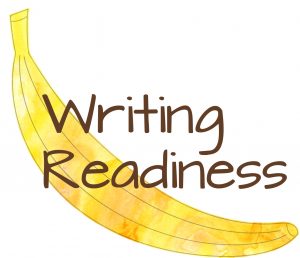
1. Essential pre-writing and writing readiness skills.
Have your children ages 3 to 4 learned the skills listed below? Instead of asking them to write their name every day, I suggest that you provide activities designed to promote these pre-writing skills.
- Imitate gross and fine-motor actions such as movements associated with songs, e.g., “Where is Thumb-kin?,” “Wheels on the Bus.”
- Manipulate small toy pieces.
- Hold a pencil with a functional grasp.
- Build grasp endurance for coloring for 2-4 minutes without pauses other than to switch colors.
- Use visual-motor skills to target discrete areas on a piece of paper to color.
- Copy simple lines and curves.
- Draw early representations.
- Understand spatial concepts and follow spatial directions.
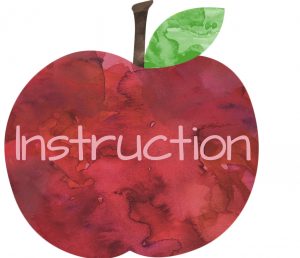
2. Research-based explicit handwriting instruction.
Once your students have mastered the skills outlined above, they can probably write at least a few capital letters and are ready for explicit instruction. Explicit instruction involves teaching the child to understand how a letter is made, where it starts, how tall it is, and where it fits on the line. Explicit instruction:
- Follows a specific developmental sequence.
- Uses a multisensory approach – visual, tactile, auditory, & proprioceptive.
- Uses a consistent verbal path-of-movement direction for each letter.
3. Handwriting practice.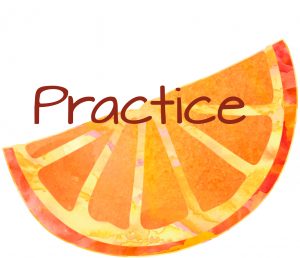
Handwriting practice is not what children do to learn how to print letter formations. Handwriting practice, if done before the child learns HOW to make a letter, can be destructive, leading to counterproductive lifelong motor habits, sometimes called dysgraphia. However, learning how to form a letter is only the first step, as we do not want our students to have to think about the letter directions for each letter when they are trying to compose a sentence. Children are ready for practice worksheets when they can form letters correctly. Practice is the only way for children to learn automatic handwriting without needing to think about formations when they write. Handwriting practice:
- Is done after the child KNOWS HOW to make a letter/s and is repeating it/them to move the learning from a cognitive thinking level towards an automatic motor level.
- Yes, worksheets are needed. You have to use paper and pencil to learn to become automatic with paper and pencil.
- The trick is to provide enough interest and variety to keep children focussed and engaged. Have you ever tried to use those worksheets where the whole page provides line after line of practicing the same letter? Did those help your students repeat & practice their best formations, or did the quality of the students’ letter formations degrade after the first few letters?
- Be sure to provide a balance of variety and distractions, along with enough cues for the children to maintain letter formations for their developmental level.
I hope that looking at learning to write by hand through the lens of these three stages of development will help you when deciding what your students need. Below are links to a few free and paid products to get you started. If you download one of Print Path’s handwriting products, you will find tools and strategies for explicit instruction included with the practice sheets. Be sure to check out the FREE Pre-K Song board from LK Speech!
At approximately Age:

![]()
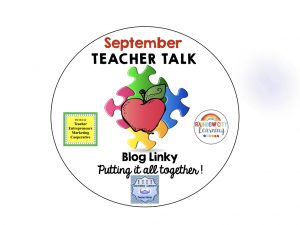 [inlinkz_linkup id=737125 mode=1]
[inlinkz_linkup id=737125 mode=1]

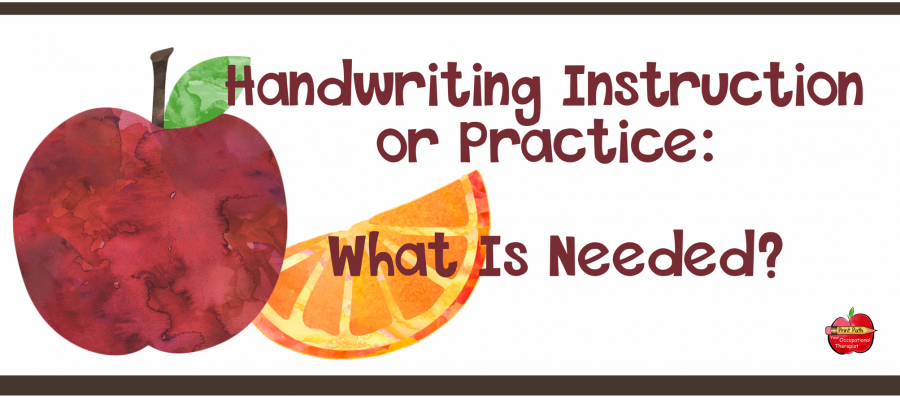
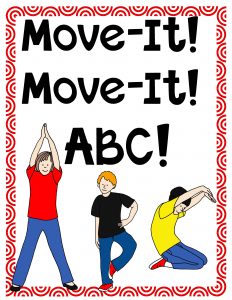


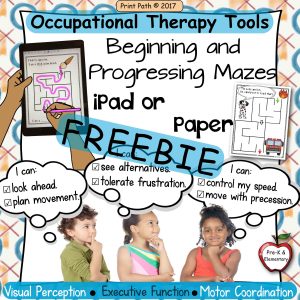
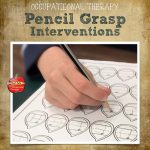

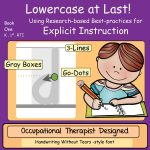


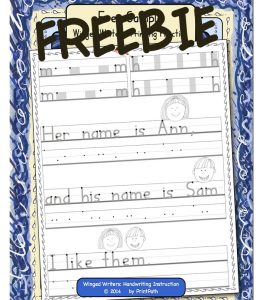
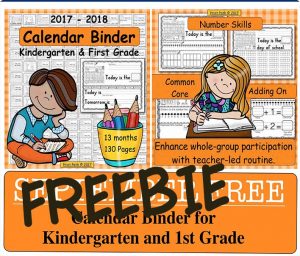
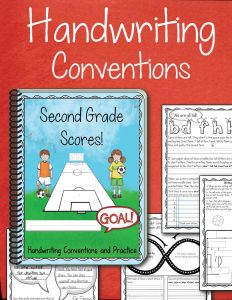
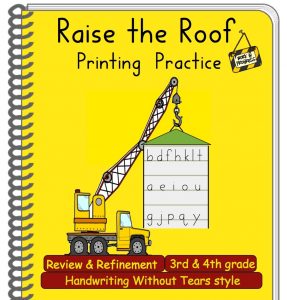
A lot of really helpful information that I didn’t have! I work with a lot of kids with fine motor difficulties, but never was sure when to start working with writing.
It’s so important for children to learn to write. So glad that the lower grades are spending time helping them to do this. In this computer age, kids still need to know to write their signature in cursive. Thanks for this great information, it’s very helpful.
You are so kind, thanks for your comment!
Wow, you are so knowledgeable! I never thought about the difference between handwriting instruction and practice. Thanks for the information and continuum!